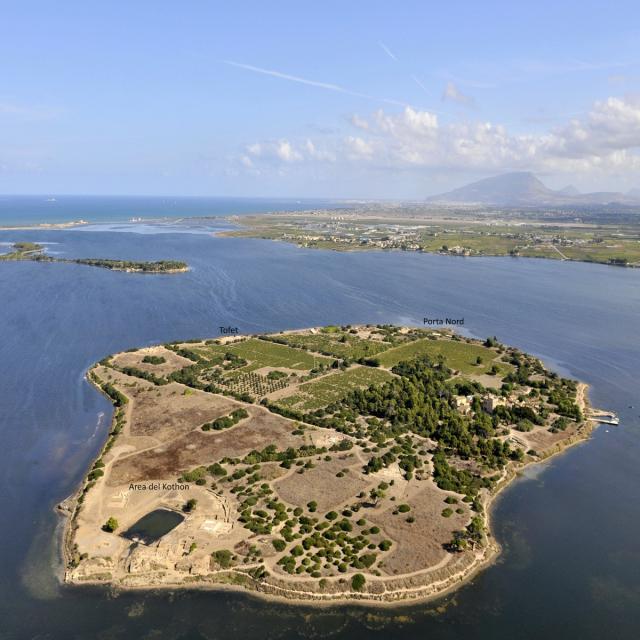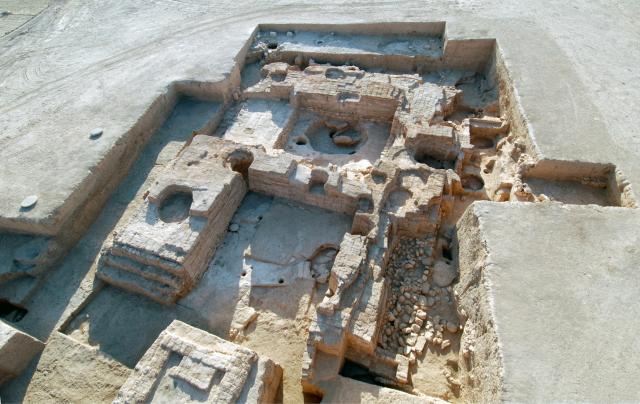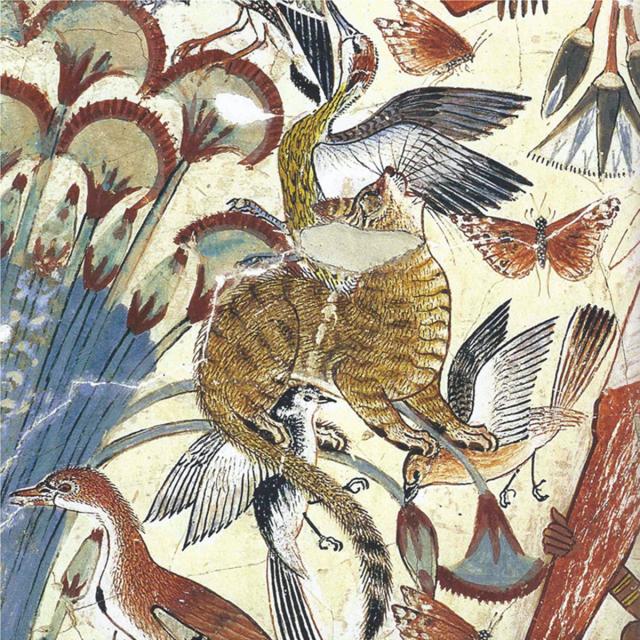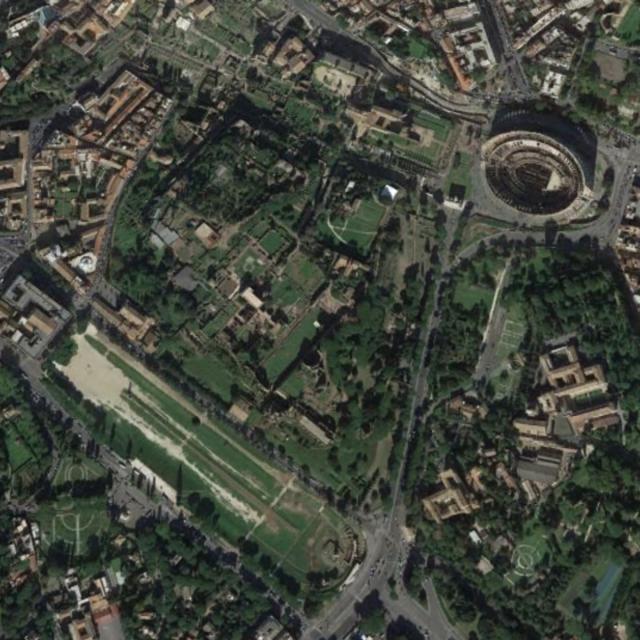Sapienza University of Rome
Sapienza University of Rome, founded in 1303 by Pope Boniface VIII, is one of the oldest universities in the world and a high performer among the largest universities in international rankings.
Since its founding over 700 years ago, Sapienza has played an important role in Italian history and has been directly involved in key changes and developments in society, economics and politics. It has contributed to the development of Italian and European science and culture in all areas of knowledge.
The future of Sapienza starts today thanks to its rich past and the contribution of the entire University community, whose main objectives are research, teaching and education. Faculty, students, technical and administrative staff are part of this community and thanks to their respective skills and responsibilities, they all contribute to its reputation and growth.
The main campus, designed by Marcello Piacentini, was opened in 1935. It is situated close to the city centre, and is the largest in Europe - a real city within a city where teaching activities are integrated with libraries, museums as well as comprehensive student services. Faculties and Departments also carry out their activities in decentralized locations in different parts of the city. There are two other university campuses elsewhere in Lazio.
Sapienza offers a vast array of courses including degree programmes, PhD courses, one to two year professional courses and Specialization Schools in many disciplines, run by 63 Departments and 11 Faculties. With the 2011-2012 academic year, the University inaugurated the School for Advanced Studies and evaluates candidates on the basis of educational merit, that provides students with courses and activities aimed at encouraging and developing their capabilities through scientific, cultural and interdisciplinary enrichment.
It is in every regard a research and teaching university: Sapienza carries out outstanding scientific research in most disciplines, achieving impressive results both on a national and international level.
Sapienza also enhances research by offering opportunities to academia on a global scale. Thanks to a special programme for visiting professors, many foreign researchers and lecturers periodically visit the University and contribute greatly to the quality of education and research programmes.
Some 8,000 foreign students are regularly enrolled at Sapienza. In addition to this, Sapienza encourages international exchange: there are over 1,100 incoming and outgoing exchange students per year, thanks to several mobility programmes.
More info: http://www.uniroma1.it/





